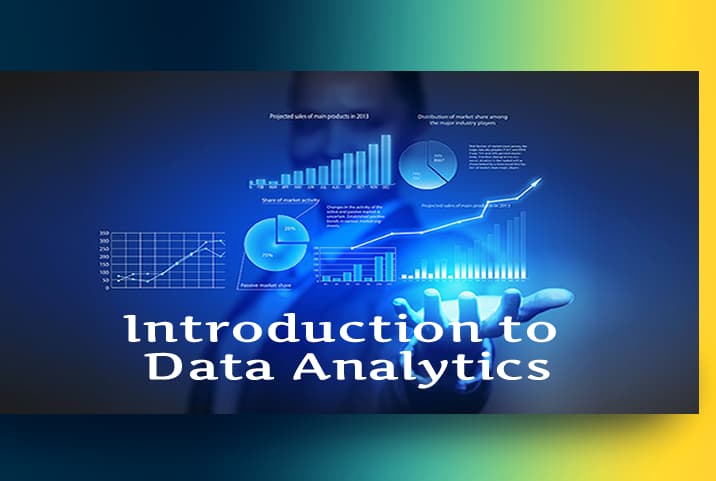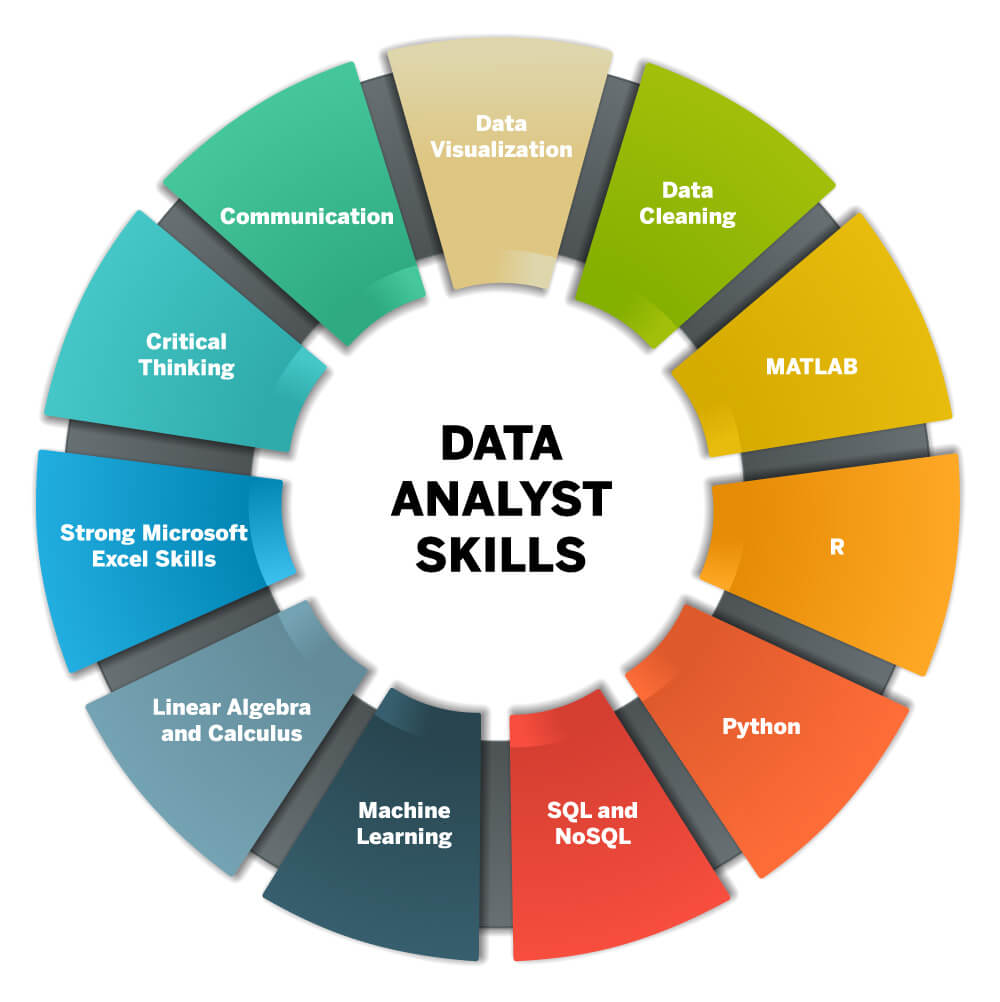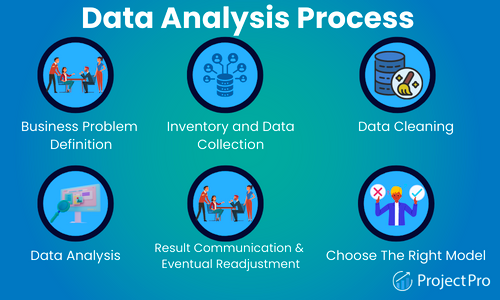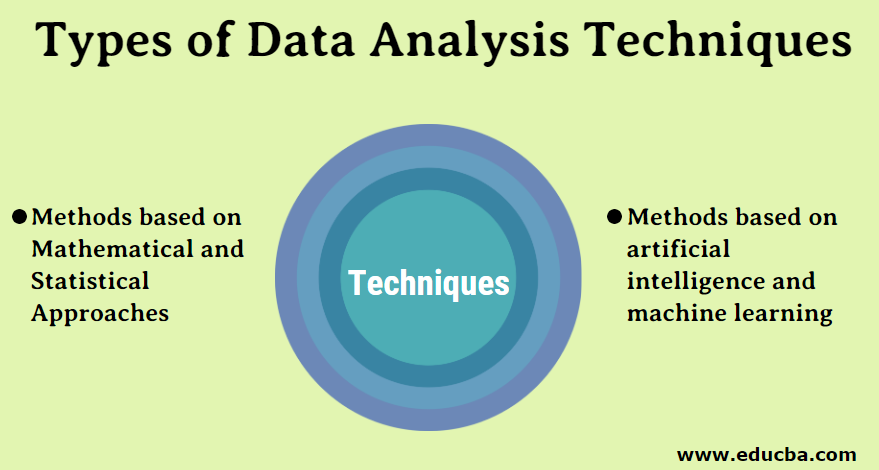Introduction to Data Analysis

Data analysis is the process of inspecting, cleaning, transforming, and modeling data with the goal of discovering useful information, informing conclusions, and supporting decision-making. Data analysts use various techniques to interpret and present data effectively.
Key Skills for Data Analysts

Successful data analysts possess a variety of skills, including:
- Statistical Analysis: Ability to use statistical methods to analyze data.
- Programming: Proficiency in programming languages such as Python, R, or SQL.
- Data Visualization: Skill in creating visual representations of data.
- Problem-Solving: Capability to solve complex problems using data.
- Communication: Ability to convey findings clearly to non-technical stakeholders.
Data Analysis Process

The data analysis process generally involves the following steps:
- Define the Objective
- Collect Data
- Clean and Preprocess Data
- Analyze Data
- Interpret Results
- Present Findings
Data Analysis Techniques

Common techniques used in data analysis include:
- Descriptive Statistics: Summarizing data using measures like mean, median, and mode.
- Regression Analysis: Modeling the relationship between variables.
- Hypothesis Testing: Testing assumptions to make data-driven decisions.
- Cluster Analysis: Grouping similar data points to identify patterns.
- Data Mining: Discovering hidden patterns in large datasets.
Tools for Data Analysis
Data analysts use a variety of tools to analyze data, including:
- Python: A versatile programming language used for data analysis and visualization.
- R: A programming language and software environment for statistical computing.
- SQL: A language for managing and querying relational databases.
- Excel: A spreadsheet tool for data analysis and visualization.
- Tableau: A tool for creating interactive and shareable dashboards.
Applications of Data Analysis

Data analysis is applied in various fields, such as:
- Healthcare: Improving patient care and operational efficiency.
- Finance: Detecting fraud and managing financial risks.
- Marketing: Analyzing customer behavior and optimizing campaigns.
- Retail: Enhancing inventory management and sales forecasting.
- Sports: Analyzing performance and strategy.